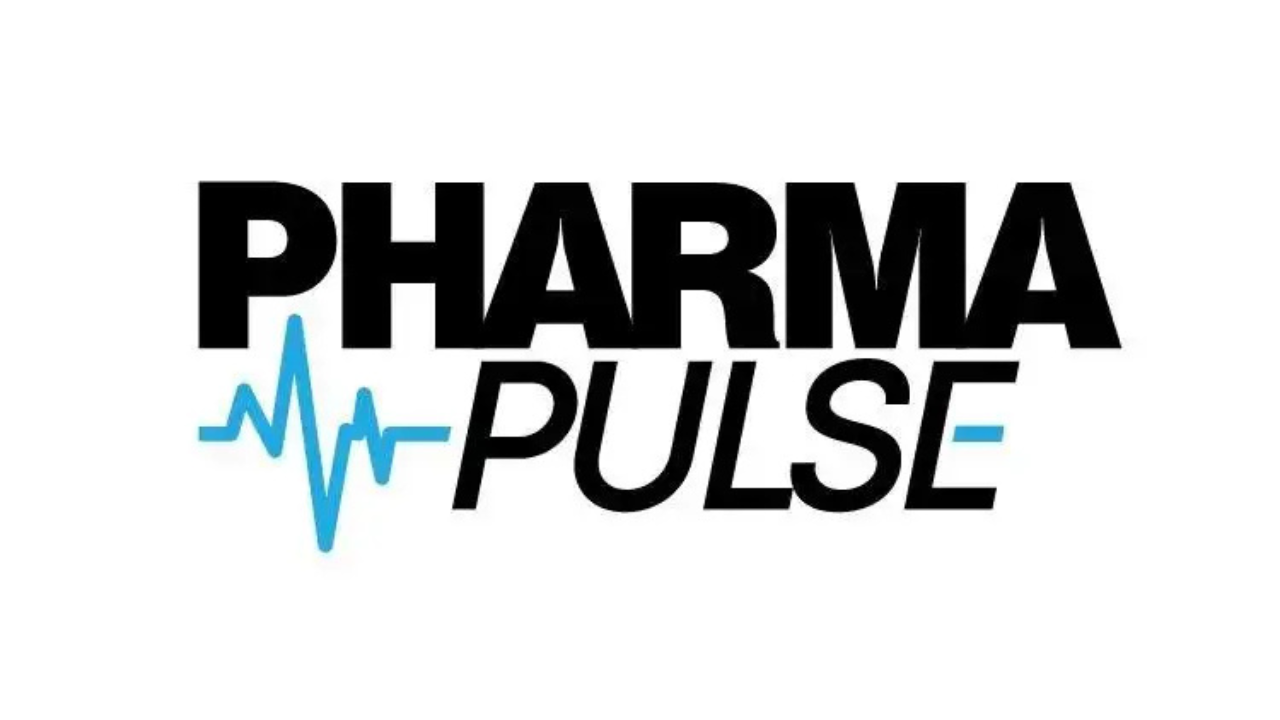Pharma sees GLP-1 receptor agonists as a way to make huge profits. Once developed for Type 2 diabetes, they’ve evolved into the hottest category in weight management. The numbers are hard to ignore — real, measurable weight loss, improved metabolic profiles, and hints of cardiovascular benefit. In pharma, it’s rare when science, consumer interest, and market momentum align. But with every success story comes a critical question: how should marketers address what we still don’t know?
While GLP-1RAs have demonstrated substantial short- and intermediate-term benefits for glycemic control, weight loss, and reduced cardiovascular and renal events, most randomized controlled trials have a mean follow-up of less than 2 years, leaving uncertainty about outcomes with multi-year or lifelong use.[1][2][3] There is limited data on the sustainability of weight loss and metabolic improvements, as well as the risk of weight regain and loss of lean body mass after discontinuation.[2][4]
Long-term safety concerns remain incompletely characterized. Although large trials have not confirmed increased risks of pancreatitis or thyroid cancer, the relatively short follow-up means that rare or delayed adverse events—such as neoplasms, gallbladder disease, or neurocognitive effects—cannot be excluded, especially in high-risk subgroups.[5][2][6] The impact of chronic GLP-1RA use on pancreatic and thyroid health, as well as hepatobiliary and neurocognitive outcomes, requires further study.[2]
There is a lack of robust data on the effects of GLP-1RAs in populations beyond diabetes and obesity, such as those with neurodegenerative, inflammatory, or reproductive disorders, and in older or frail individuals.[2][7] The optimal dosing, duration, and strategies to personalize therapy—including predicting responders and mitigating adverse effects—are not well defined.[2][7]
The Temptation to Overpromise
The demand for GLP-1s has created a gold rush of attention — from patients, media, and investors alike. But while the short-term efficacy is well established, the long-term data remain limited. We don’t yet know the full metabolic consequences of years or even decades of use. What happens when patients stop? How do comorbidities evolve?

That uncertainty creates a communications challenge. Marketers walk a fine line between celebrating innovation and maintaining credibility. Overpromising, even subtly, risks undermining trust — not just in the product, but in the company and the category itself.
Marketing in the Gray Zone of Science
Pharma marketers are uniquely positioned between scientific data and patient perception. The GLP-1 story is still being written, and messaging needs to reflect that. Transparency isn’t a risk — it’s an asset. Acknowledging that long-term data is still emerging shows respect for both healthcare professionals and patients.
Marketers should work closely with medical and regulatory teams to ensure that communications balance hope with humility. Highlighting ongoing research, real-world monitoring, and patient education efforts reinforces the company’s commitment to science first, sales second.
The Responsibility of Leadership
GLP-1s are reshaping how people think about chronic disease treatment — and that gives pharma a rare opportunity to lead the conversation responsibly. Instead of amplifying hype, marketers can help set expectations. Long-term use, possible side effects, and the likelihood of weight regain after discontinuation are not weaknesses — they’re realities that patients and HCPs need to understand.
By being the voice of context and credibility, marketers can strengthen the bond between patients, physicians, and the brand. That’s not just ethical marketing — it’s strategic marketing.
GLP-1s represent a significant scientific advance and a marketing challenge. The enthusiasm is genuine, but so are the unknowns. For pharma marketers, success won’t come from fueling the buzz — it’ll come from building trust.
Because when the science evolves, the brands that led with honesty will be the ones patients and physicians continue to believe in.
References
- The Longer-Term Benefits and Harms of Glucagon-Like Peptide-1 Receptor Agonists: A Systematic Review and Meta-Analysis. Alexander JT, Staab EM, Wan W, et al. Journal of General Internal Medicine. 2022;37(2):415-438. doi:10.1007/s11606-021-07105-9.
- The Expanding Role of GLP-1 Receptor Agonists: A Narrative Review of Current Evidence and Future Directions. Moiz A, Filion KB, Tsoukas MA, et al. EClinicalMedicine. 2025;86:103363. doi:10.1016/j.eclinm.2025.103363.
- Cardiovascular and Kidney Outcomes and Mortality With Long-Acting Injectable and Oral Glucagon-Like Peptide 1 Receptor Agonists in Individuals With Type 2 Diabetes: A Systematic Review and Meta-Analysis of Randomized Trials. Lee MMY, Sattar N, Pop-Busui R, et al. Diabetes Care. 2025;48(5):846-859. doi:10.2337/dc25-0241.
- GLP-1 Receptor Agonists for Weight Reduction in People Living With Obesity but Without Diabetes: A Living Benefit-Harm Modelling Study. Moll H, Frey E, Gerber P, et al. EClinicalMedicine. 2024;73:102661. doi:10.1016/j.eclinm.2024.102661.
- GLP-1 Receptor Agonists: A Promising Therapy for Modern Lifestyle Diseases With Unforeseen Challenges. Kupnicka P, Król M, Żychowska J, et al. Pharmaceuticals (Basel, Switzerland). 2024;17(11):1470. doi:10.3390/ph17111470.
- Association of Glucagon-Like Peptide-1 Receptor Agonist Use With Risk of Gallbladder and Biliary Diseases: A Systematic Review and Meta-analysis of Randomized Clinical Trials. He L, Wang J, Ping F, et al. JAMA Internal Medicine. 2022;182(5):513-519. doi:10.1001/jamainternmed.2022.0338.
- New Molecules and Indications for GLP-1 Medicines. Gonzalez-Rellan MJ, Drucker DJ. JAMA. 2025;:2838996. doi:10.1001/jama.2025.14392.









